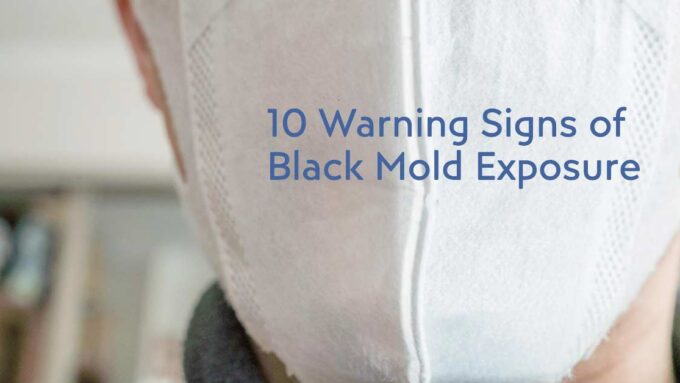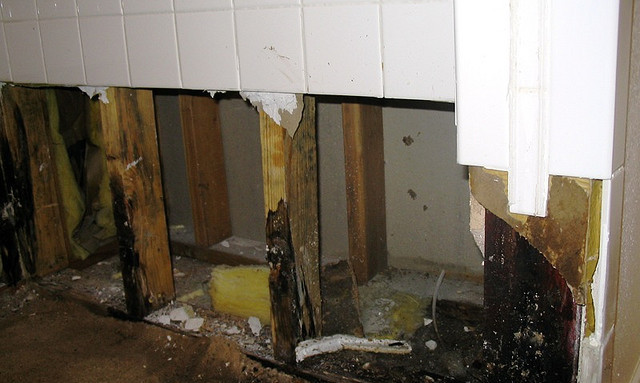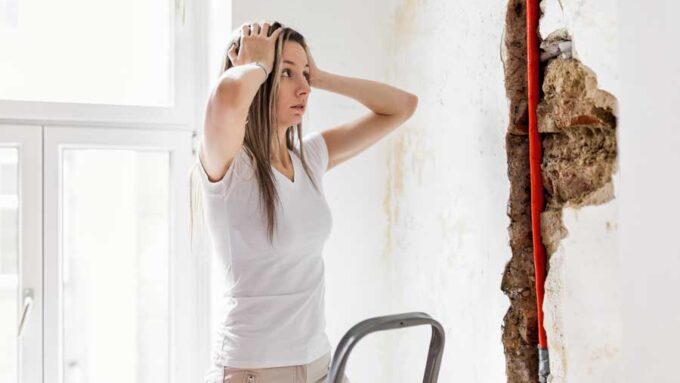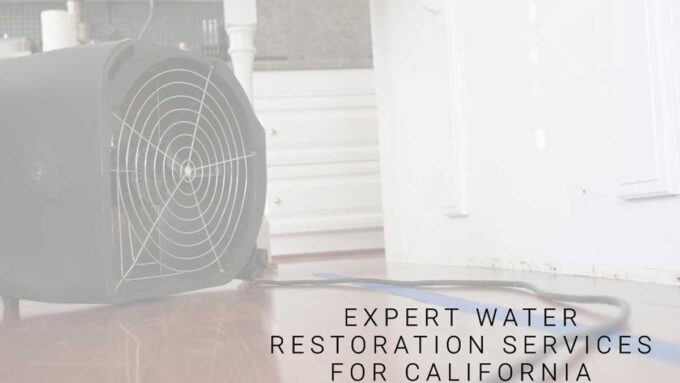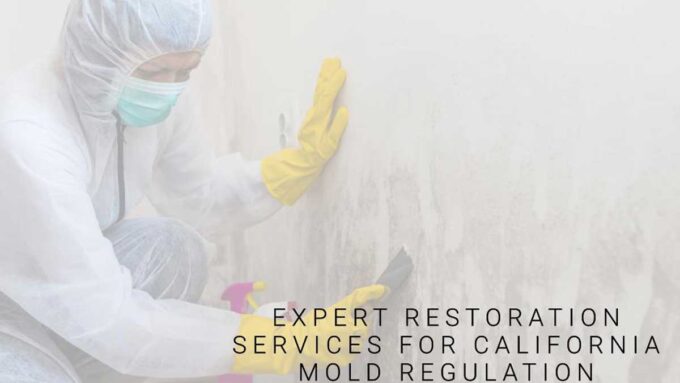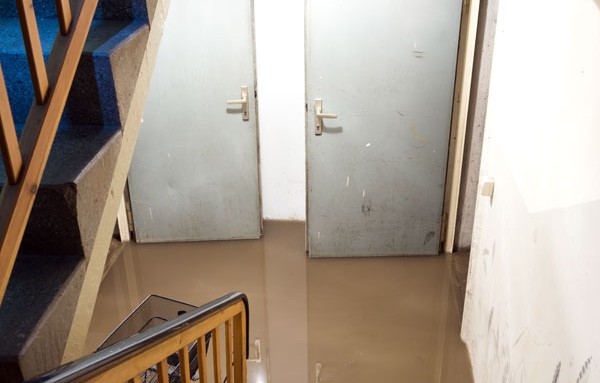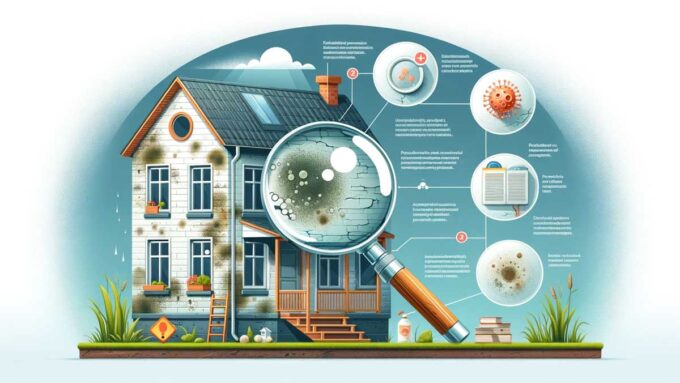Mold is a common yet potentially hazardous issue many homeowners face. Among the different types of mold, black mold, also known as Stachybotrys chartarum, is one that requires immediate attention due to its potential health risks. Recognizing the warning signs of black mold exposure can be the first step towards addressing the issue and ensuring the safety and well-being of the occupants. This article outlines the warning signs of black mold exposure and provides guidance on what steps to take if you suspect black mold presence in your dwelling.
| Topic | Key Points |
|---|---|
| Identifying Black Mold | Appearance, common areas of growth |
| Health Symptoms | Respiratory issues, skin irritation, fatigue, and more |
| Addressing Black Mold | Professional assessment, mold removal, and prevention |
Identifying Black Mold
Black mold is distinguishable from other mold types by its dark greenish-black color. It thrives in damp, humid conditions and can grow on a variety of materials such as wood, carpet, and drywall. Here are some common places where black mold may grow:
- Behind walls or wallpaper
- Under carpets
- Above-ceiling tiles
- Around pipes and windows
- In basements and crawlspaces
Identifying black mold at an early stage is crucial to mitigate its effects. A professional assessment can confirm the type of mold and the extent of the problem.
Health Symptoms
The health implications of black mold exposure can range from mild to severe, depending on the extent of mold and the sensitivity of individuals. Here are the 10 warning signs of black mold exposure:
- Respiratory problems such as wheezing, coughing, and sore throat
- Skin irritation, rash, and itching
- Eye irritation and watery eyes
- Chronic fatigue
- Headaches
- Unexplained joint pain and muscle aches
- Memory loss or confusion
- Immune system suppression or immune disorders
- Unusual mood changes or irritability
- Persistent digestive problems
For a more visual insight into the health effects of black mold exposure, you may refer to our 10 Warning Signs of Black Mold Exposure: Infographic.
Addressing Black Mold
Addressing black mold promptly is essential to prevent further health issues and damage to your home. The process begins with a thorough assessment by a certified professional who can determine the extent of mold growth and the necessary steps for remediation. Services such as water extraction and crawl space cleanup may be required to address the underlying causes of mold growth.
In situations where black mold is confirmed, professional mold removal is highly recommended. It’s not only about removing the visible mold but also addressing the moisture source that contributes to mold growth. Furthermore, taking steps to control humidity and moisture can help prevent future mold growth.
Conclusion
Being informed about the warning signs of black mold exposure and taking prompt action can significantly mitigate the risks associated with black mold. By recognizing the signs early and seeking professional assistance, you can ensure a safe and healthy environment for you and your loved ones.
For further information or to schedule an appointment for professional assessment and mold remediation in and around Sonoma County, feel free to contact Restoration Certified Specialists.
Disclaimer: This article is for educational purposes only and is not intended to replace professional medical advice. If you believe you are dealing with health issues related to mold exposure, it is crucial to seek professional medical attention promptly.

